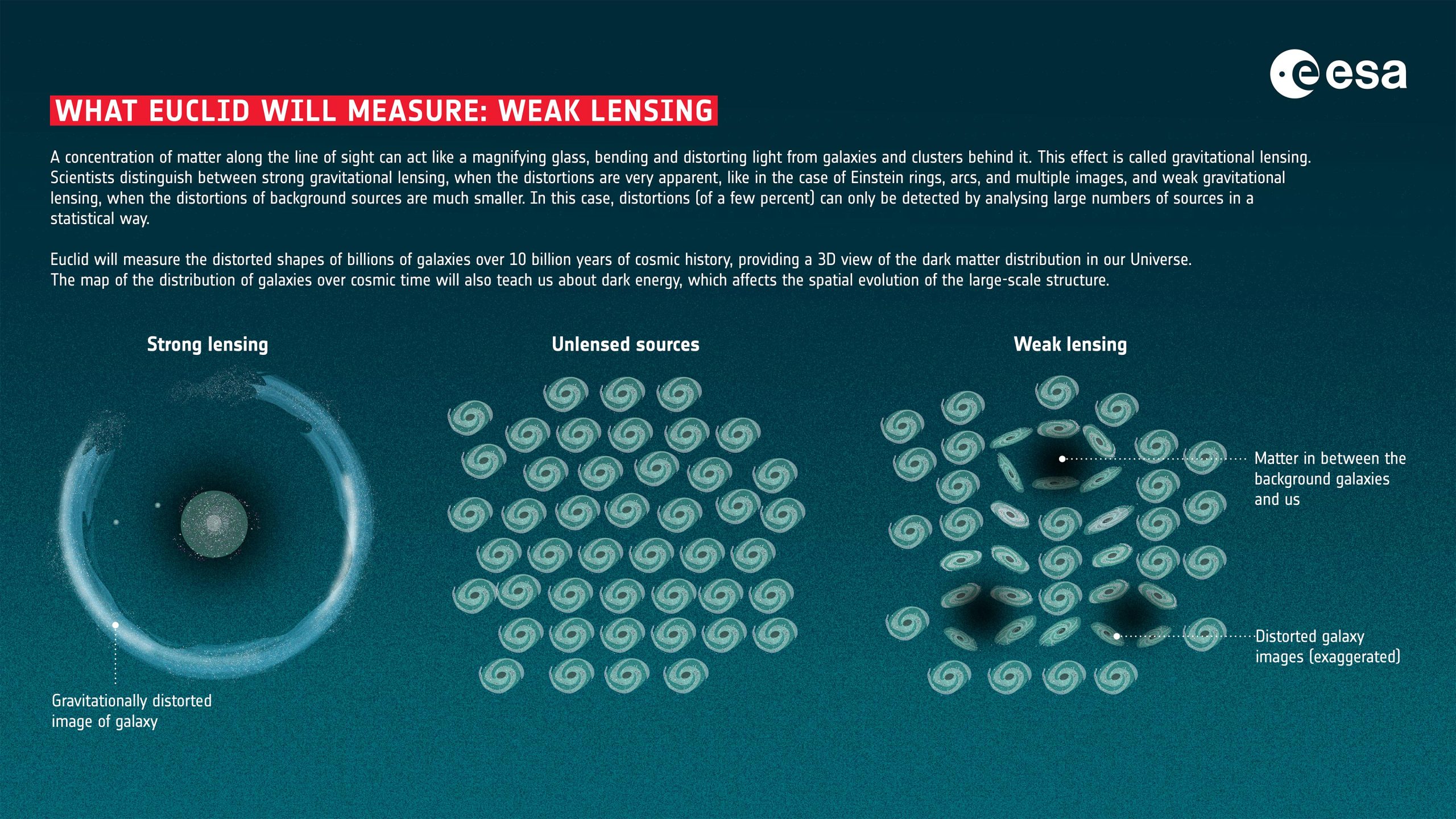
Title: Witnessing Einstein’s Prediction: Scientists Capture the Visual Change of Near-Light-Speed Motion
For the very first time, scientists have managed to capture what objects look like when they move at velocities approaching that of light—an achievement in experimental physics that substantiates a crucial yet previously unobservable prediction from Einstein’s theory of special relativity. In an innovative experiment, researchers from TU Wien (Vienna University of Technology) and the University of Vienna have visualized what is known as the Terrell-Penrose effect, employing advanced laser imaging technology that effectively reduces light to walking speed. Their results, published in Nature, provide compelling evidence that objects traveling near light speed do not merely compress, as earlier simplifications suggested—they appear visibly rotated due to the way light reaches our eyes.
Grasping the Terrell-Penrose Effect
Einstein’s 1905 theory of special relativity transformed physics by demonstrating that as objects accelerate close to the speed of light, time expands, mass grows, and lengths shorten in the direction of motion. This length contraction, termed Lorentz contraction, has typically been visualized as objects becoming flattened—looking shorter as their speed increases.
However, in 1959, physicists James Terrell and Roger Penrose independently proposed a surprising prediction: despite objects physically contracting in their direction of motion, they would not appear that way to an observer. Instead, due to the varying arrival times of light from different parts of the object, the object would seem rotated in photographs—as though you’re viewing multiple sides simultaneously.
The Terrell-Penrose effect has remained elusive to direct visualization for more than sixty years, primarily because it is impractical to observe or photograph anything traveling near light speed. In everyday situations, we simply lack vehicles or objects that can achieve sufficient speeds to make the effect noticeable to the unaided eye or camera.
Until now.
Decelerating Light to Visualize the Fast
To overcome the velocity limitation, the researchers crafted a novel workaround: instead of accelerating objects to relativistic speeds, they decelerated light itself to just meters per second. Victoria Helm and Dominik Hornof, the principal student researchers, engineered an artificial setup wherein laser pulses replicated the effects of light interacting with rapidly-moving objects.
“If you set the timing correctly, you can construct a scenario that yields results as if the speed of light were no more than 2 meters per second,” they explained. This significantly reduced “virtual light speed” allowed the team to delay light’s arrival from various surfaces of stationary objects—creating a controlled environment that simulates the visual distortions caused by relativistic motion.
By utilizing a mix of precise laser pulses, picosecond-level timing, and high-speed cameras, the researchers documented how reflected light behaved as it bounced off geometrically uncomplicated objects (like cubes and spheres) in motion. This method reproduced the Terrell-Penrose visual distortion without the need for the actual object to move at light speed.
Capturing “Rotated” Cubes and Spheres
What did the experiment uncover?
When a cube was observed “moving” at 80% of light speed (0.8c), the image displayed an apparent rotation rather than a squashed form—a three-dimensional twisting of the cube’s faces. Picture looking at a cube directly, while simultaneously seeing parts of its side, as if you’ve altered your physical perspective without shifting at all. That encapsulates the essence of the Terrell-Penrose effect.
Conversely, a sphere retains its spherical shape regardless of its speed due to its symmetry. Nonetheless, surface characteristics of the sphere—like dots or painted designs—appeared visually shifted, as if rotating around an axis, further supporting theoretical predictions.
“Light from the rear parts of the object takes longer to reach the camera compared to light from the front,” stated Professor Peter Schattschneider of TU Wien. “As a result, the object appears distorted—not compressed, but rotated.”
Art Inspires Scientific Innovation
Surprisingly, the groundbreaking experiment originated from an art-science collaboration. Artist Enar de Dios Rodriguez partnered with physicists in Vienna to investigate novel visual representations of relativistic effects. Their shared curiosity regarding “slowing down light” led to the creation of a high-speed imaging setup capable of capturing light’s interaction with immobile objects to simulate relativistic appearances.
Employing cameras synchronized to within 300 picoseconds (a trillionth of a second), they generated virtual snapshots depicting how moving objects would appear at speeds of up to 99.9% of the speed of light. Animated sequences of these images revealed the perceived rotations predicted by Terrell and Penrose more than sixty years ago.
More Than a Visual Illusion
Beyond being a scientific fascination, the researchers believe their approach has extensive applications. The insights gained from this study could broaden the scope of thought experiments commonly utilized to teach relativity, such as Einstein’s “train and lightning” example, where observers in different